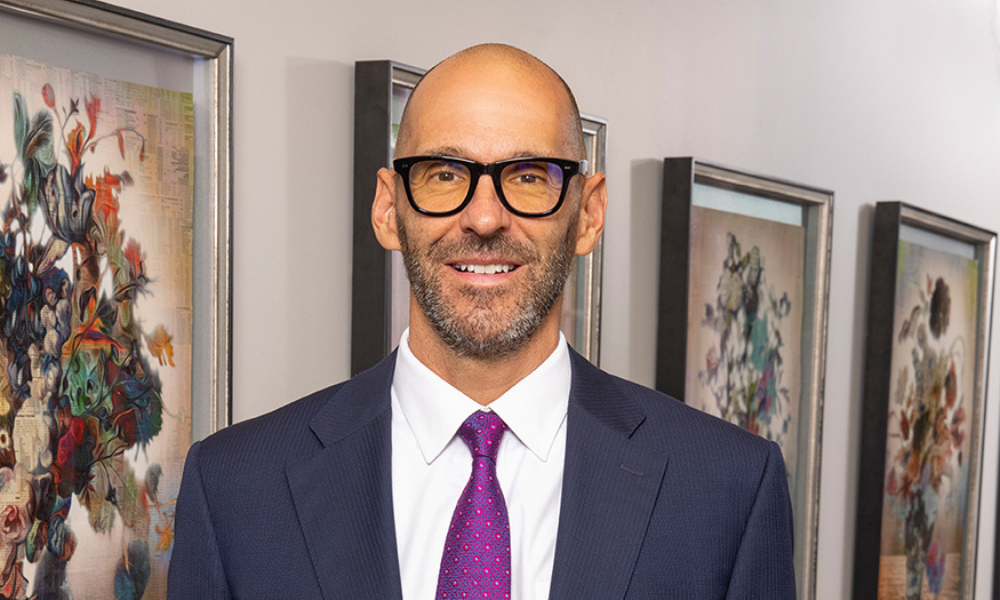Private-equity giants start targeting wealthy advisory clients
Blackstone has focused on investors with $5 million in assets while Carlyle has partnered with OppenheimerFunds to reach individuals seeking higher yields.
Big Wall Street banks have come to rely on their money-management units as pots of gold in uncertain times for trading revenues.
Morgan Stanley is a perfect example; it reported earnings on Tuesday that highlighted its wealth management as a bright spot, posting its third straight quarter of record pre-tax earnings.
But these divisions have growing competition, with private-equity firms in particular looking for ways to attract this business. The Blackstone Group LP, for example, is relying on wealthy individuals with up to $5 million in assets for its next phase of growth, according to a recent Wall Street Journal article.
The Carlyle Group, meanwhile, is teaming up with OppenheimerFunds on a joint venture marrying Carlyle’s asset-management reach with the other firm’s distribution network, according to a press release Monday.
MAJOR SHIFT
This is an important development to watch and a direct challenge to money-management teams at, for example, Morgan Stanley and The Goldman Sachs Group Inc. Both banks pool funds from rich people to funnel into buyout firms, taking fees along the way. Now private equity is trying to cut out the middle man – namely, the brokers at big money-management units at large banks.
(More: Private equity firms see hidden value in 401(k) record keeping.)
This is a change from years ago, when these behemoth alternative-investment firms had no time for such small-potato clients individually. Now private equity could potentially automate a lot of the paperwork and tax documentation, alleviating some of the hassle and costs that might have dissuaded firms in the past. Retail money is attractive because it’s typically stickier than other allocations – although that may not make a difference to private-equity strategies that usually include longer-term lockups.
$18 TRILLION
Meanwhile, wealthy people own a growing pool of money. High net-worth individuals in the U.S. had nearly $18 trillion of assets at the end of last year, up from about $11.4 trillion in 2011, according to data compiled by Capgemini.
This development should raise some concerns at the biggest banks. It marks a new front of the money-management war – how to strip away all extra fees by eliminating unnecessary intermediaries so that any extra payments go to the people making the investing decisions.
(More: Rich times embolden private equity dealmakers to fly solo.)
This is different from past failed private-equity attempts to attract small, mom-and-pop investors to mutual or closed-end funds. While these latest efforts may also fall flat, they address demand from wealthy individuals, a growing pool of sophisticated investors willing to trade liquidity for access to higher-yielding assets not widely available to others.
It’s unclear whether Blackstone can have the same kind of success with rich people as it’s had with institutions. But shots have been fired in the war over advising these clients. It’s only going to get harder for the largest banks to depend on their lucrative investment units for growing revenues in the years to come.
Learn more about reprints and licensing for this article.








